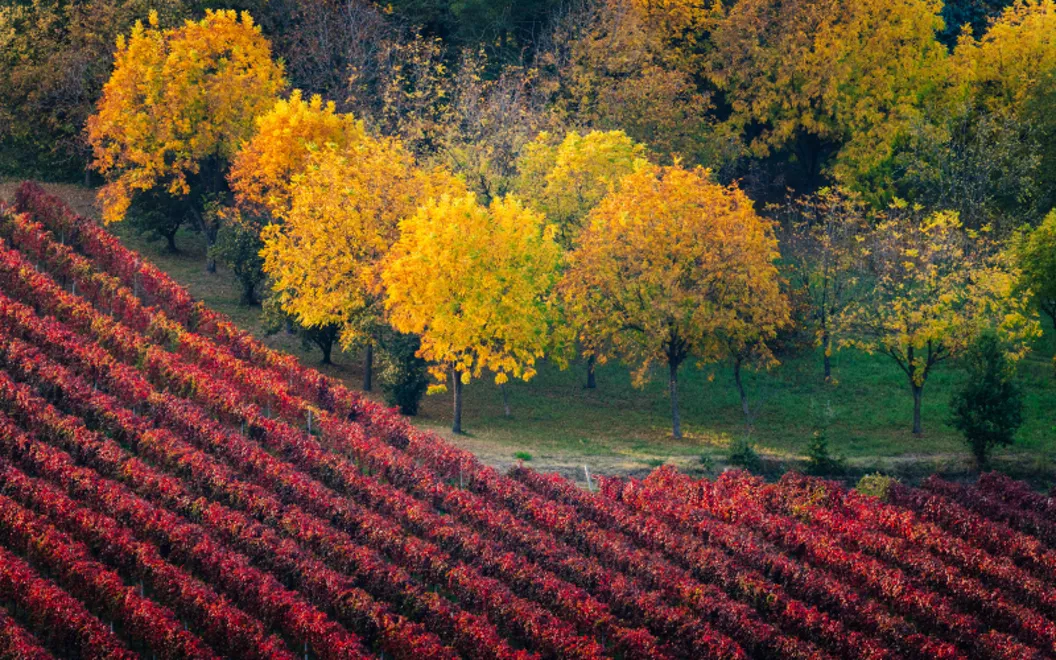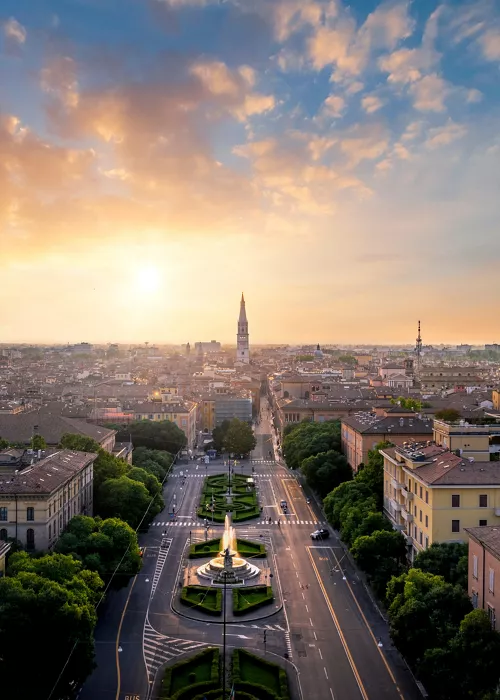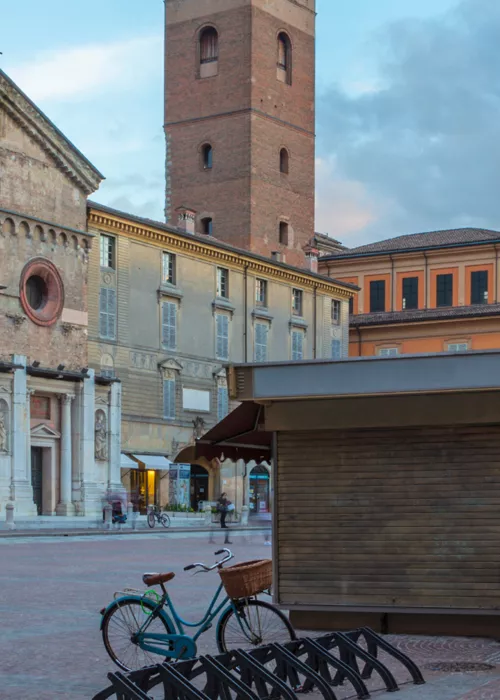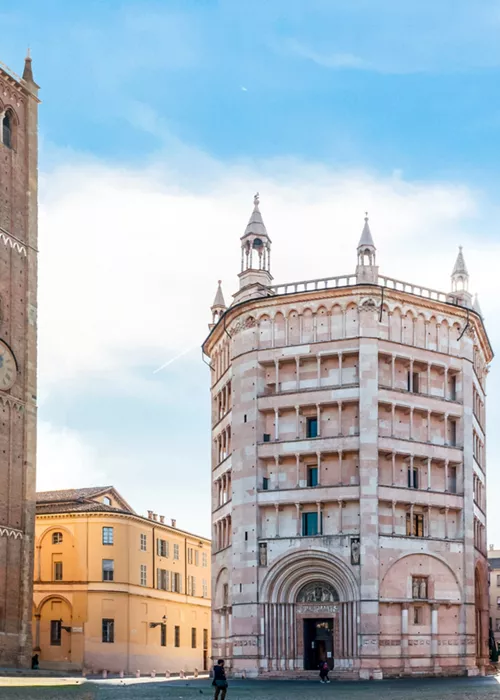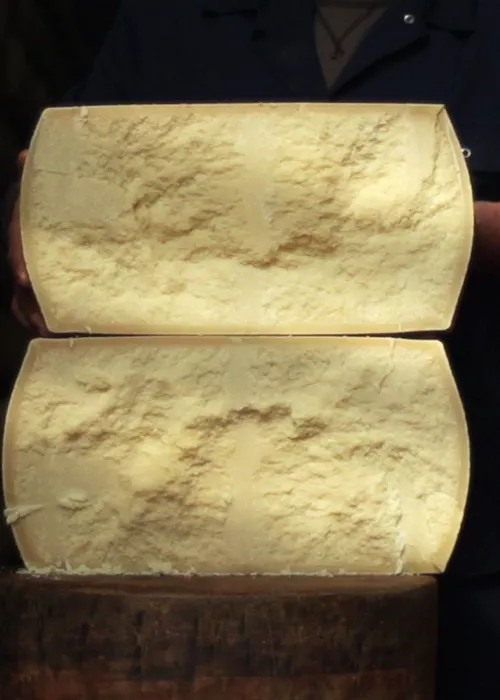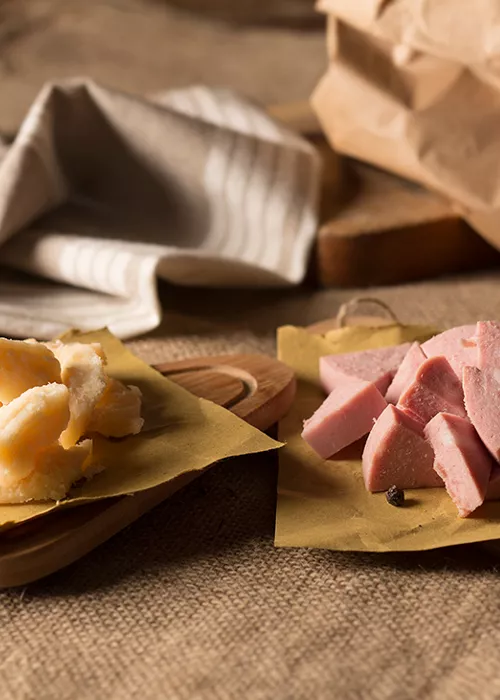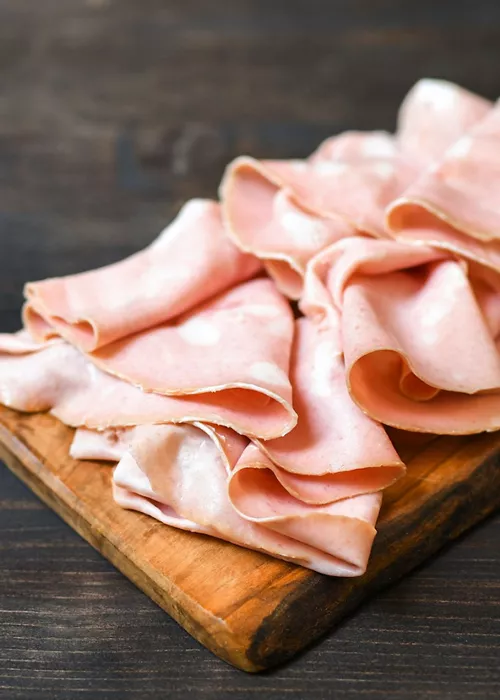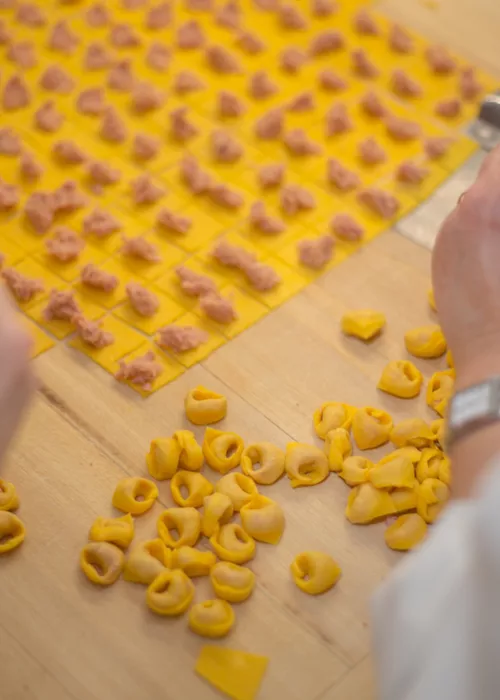Emilia Romagna: discovering the lands of Lambrusco, the sparkling red wine with soul
2 minutes
Produced between the provinces of Modena, Reggio Emilia and Parma, not by chance named the Lambrusco lands, it differs in type and aroma, depending on the grape varieties where it comes from.
The wine-making methods are also diverse, ranging from traditional to more modern.
Let's discover together the secrets of this unrivalled product.
Modena: Lambrusco di Sorbara, Grasparossa di Castelvetro and Salamino di Santa Croce
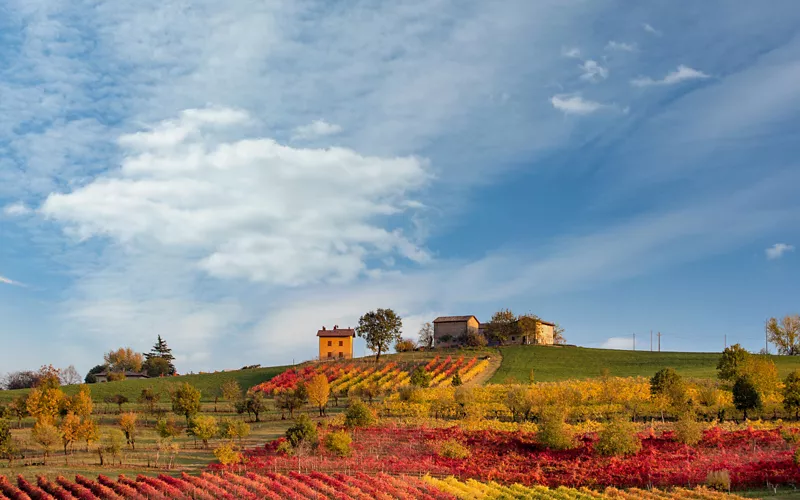
Its light colour, hint of violets and red fruits and unparalleled freshness make Lambrusco di Sorbara DOC a wine that is appreciated worldwide.
Produced in the province of Modena, it is among the various types the least colourful, close to pink. Its elegance is not shy of international cuisine and the most difficult pairings.
Native to the high plains and hills of Modena is Lambrusco Grasparossa di Castelvetro. With its typical intense ruby colour with violet hues and intense aroma reminiscent of freshly crushed grapes, blackberry, black cherry, violet and almond, it has body and more pronounced tannins, which provide structure to the wine. It is, in fact, the ideal companion for full-bodied dishes.
A delicate bouquet of red fruit and roses characterises this third type of Lambrusco: Salamino di Santa Croce. A wine that really appeals to everyone and which, due to its hints of raspberry, cherry and blackberry and its slight sapid streak, is suitable for drinking throughout the meal.
Reggio Emilia: the spirited varieties of the King of Reggiano

Texture, aromas, persistence, deep red colour, ripe fruit on the palate. These are the main characteristics of Lambrusco Reggiano whose slightly sugary character and particular liveliness are particularly appreciated by consumers. It perfectly accompanies traditional local dishes and includes numerous varieties. Among the main ones: Marani, Montericco and Ancellotta.
Parma: the most intense Lambrusco
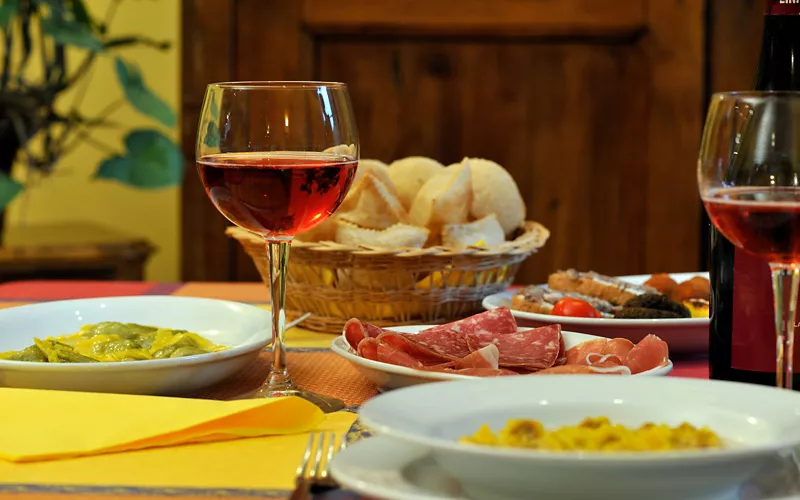
Among the historical grape varieties of the Parma hill area is the Lambrusco Maestri variety, the most intense of the family, which often uses blending grapes to add character and acidity. Dry and thirst-quenching, it should be drunk fresh, in the natural sparkling version.
Vinification method: the origin of bubbles
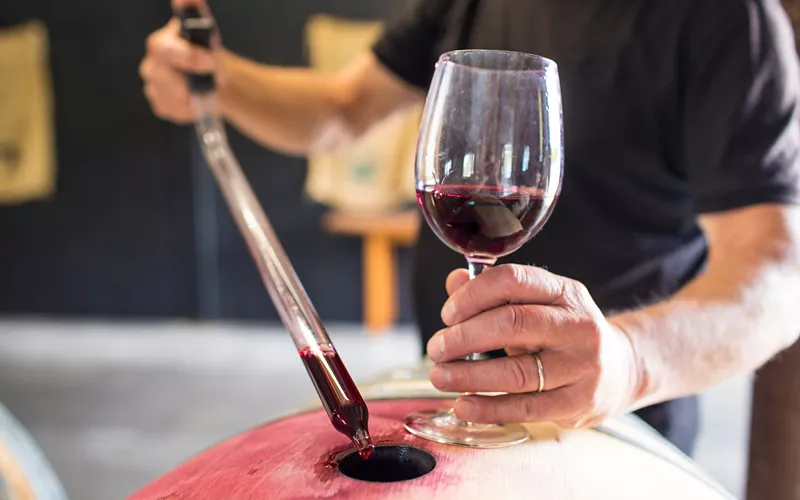
Before concluding our journey of discovery of Lambrusco, let us learn about the two wine-making methods that reveal the secret of the bubbles.
The traditional one, known as spring refermentation, creates the foam naturally, thanks to the winter temperature range that interrupts fermentation and restarts it in spring, when the wine is already bottled. Carbon dioxide, dissolved in the wine, appears in the form of foam once the bottle is uncorked.
The method most widely used by producers today, however, is the Martinotti-Charmatwhich stimulates fermentation using natural yeasts mixed with wine in autoclaves. It is these yeasts that, combining with the sugars in the wine, give rise to the bubbles in the Lambrusco.

